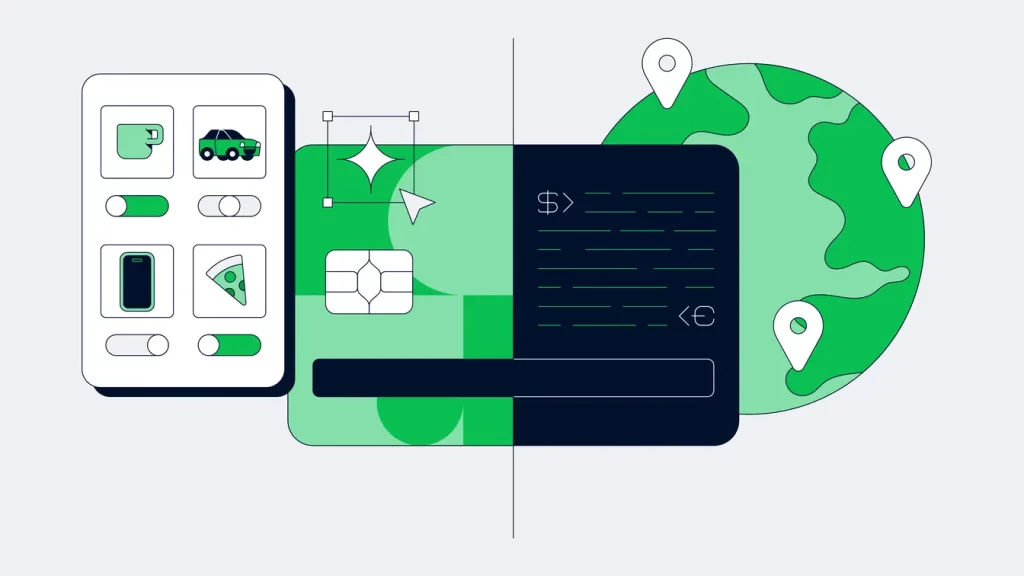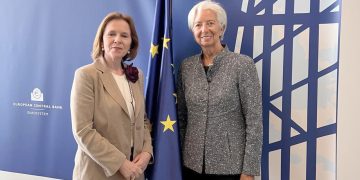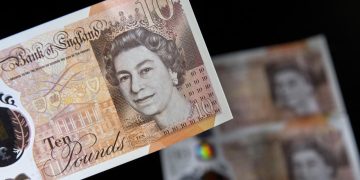Introduction
In the first quarter of 2025, European consumers spent more on credit than they had in recent years, with credit card transaction volumes growing by an impressive 12% year-over-year. Yet beneath this surface-level recovery lies a troubling development: default rates rose by 1.3 percentage points in the same period. This juxtaposition—rising spending and deteriorating repayment behavior—poses an essential question for investors, banks, and policymakers alike: Is Europe’s consumer credit rebound built on a fragile foundation?
The European Central Bank has cited increasing card activity as a sign of post-pandemic consumer confidence and economic normalization. However, independent risk analysts are raising red flags about a surge in subprime borrowing, inflation-pressured household budgets, and loosening underwriting practices. This article dissects the data behind the divergent trends in transaction growth and credit deterioration, exploring the cross-market implications and competing expert views shaping the credit risk landscape in Europe.
Key Data and Underlying Dynamics
The headline figure—a 12% annual increase in credit card transactions in Q1 2025—suggests robust consumer activity across eurozone economies. Countries like Germany, France, and Spain saw significant increases in discretionary and e-commerce spending, driven by a combination of wage growth, pent-up demand, and the easing of energy prices after the 2023 spike.
However, this spending boom came alongside a troubling uptick in delinquency and default rates. According to data from the European Banking Authority (EBA), the average 90-day credit card delinquency rate across eurozone banks rose from 3.9% in Q4 2024 to 5.2% in Q1 2025. In countries like Italy and Greece, the increase was even more pronounced.
A closer look at issuer behavior reveals that many banks loosened lending criteria to capture market share in a competitive digital payments landscape. Several fintech-backed card issuers extended credit aggressively to younger or lower-income borrowers—segments historically more vulnerable to macroeconomic shocks.
This divergence—between volume growth and default escalation—raises important questions about the sustainability of current credit practices. While more spending is generally a good sign for economic momentum, when paired with credit deterioration, it can signal trouble ahead.
Cross-Market Impacts: From Profit Margins to Broader Banking Risk
The growth in card spending has not automatically translated into better profitability for issuers. In fact, the rising default rates have already begun eating into interest and fee income for European banks and fintech lenders.
Many banks have responded by increasing loss provisioning. Deutsche Bank, for instance, reported a €180 million increase in credit loss reserves tied to consumer credit exposure in Q1 2025 alone. At the same time, UK-based challenger banks like Monzo and Revolut have acknowledged growing pressure on net interest margins, particularly for unsecured credit portfolios.
Beyond the direct impact on issuers, the wider European banking system is beginning to feel the weight of increased household credit risk. Bank equity valuations have been volatile since March, as investors digest a combination of rising default ratios and higher funding costs stemming from ongoing central bank policy tightening.
This doesn’t just stop at Europe. U.S. institutional investors with exposure to European credit markets are increasingly sensitive to signs of consumer strain abroad. Several American asset managers have scaled back holdings in eurozone ABS (asset-backed securities) backed by consumer loans, citing a deteriorating credit outlook. As a result, secondary spreads on such instruments have widened by 40 to 60 basis points since February 2025.
In short, the health of the European consumer credit segment has become a barometer for broader financial risk sentiment.

Contrasting Expert Perspectives: Stimulus Recovery or Risk Bubble?
The European Central Bank (ECB) has taken a cautiously optimistic stance. In a March 2025 report, ECB economists highlighted that increased card activity reflects the normalization of household consumption post-inflation shock, supported by rising real wages and a fall in energy costs. ECB Vice President Luis de Guindos noted, “Credit growth—particularly for consumption—reflects the recovery of confidence, not a weakening of quality.”
On the other hand, independent risk analysis firms such as Oxford Risk Metrics and CreditEdge present a more skeptical view. Their March 2025 brief flagged early signs of credit fatigue among low-income borrowers and a worrying rise in “minimum payment only” behavior. In Spain and Ireland, for example, a higher percentage of cardholders are failing to pay more than the minimum due, a classic early warning sign of default risk.
Some experts argue that this situation mirrors the early stages of the 2011 southern European sovereign crisis, when rising personal debt masked deeper macroeconomic fragilities. However, they stress that the modern fintech landscape—dominated by algorithmic lending and digital onboarding—has introduced new systemic risks not fully captured by traditional risk models.
Adding further complexity, consumer behavior itself has changed. The ease of using credit cards across mobile apps and embedded payment platforms like Apple Pay and Klarna has led to more frequent, smaller transactions—making it harder to detect financial stress through traditional credit scoring.
Future Outlook and Strategic Recommendations
Looking ahead to the remainder of 2025, three key scenarios could play out, depending on macroeconomic trends and policy responses:
- Optimistic scenario: Real wages continue to rise modestly, inflation remains subdued, and the ECB avoids aggressive tightening. In this case, default rates stabilize by Q3, and card issuers regain margin momentum. Card spending continues its upward trend, and risk premiums gradually fall.
- Neutral scenario: Wage growth stalls, inflation remains sticky, and default rates plateau but do not improve. This results in cautious bank behavior and tighter credit issuance. Profitability for fintech and traditional card issuers remains constrained, and investor appetite stays muted.
- Pessimistic scenario: A mild recession hits major eurozone economies, leading to a spike in consumer delinquencies. Credit cards become a primary pressure point for banks, particularly those overexposed to unsecured lending. Regulatory scrutiny intensifies, and capital markets demand higher spreads for consumer credit-backed assets.
For investors, several forward-looking indicators may offer early warning signals:
- Monthly delinquency ratios reported by major card issuers (e.g., Santander, BNP Paribas).
- Securitization spread movements in euro-denominated consumer credit ABS markets.
- Consumer sentiment surveys such as the GfK Confidence Index.
Monitoring these metrics can help market participants prepare for sudden shifts in credit quality and liquidity.
Conclusion
The surge in European credit card transaction volumes in Q1 2025 initially appeared to signal a consumer-led economic rebound. Yet the simultaneous rise in default rates complicates that narrative, revealing structural vulnerabilities in the consumer credit system. While some institutions view this as a natural adjustment during recovery, others warn of a hidden accumulation of credit risk that could reverberate through banking balance sheets and bond markets. As we move deeper into 2025, the key question remains: Is Europe’s consumer credit boom a true engine of growth—or an early warning sign of broader financial fragility?





































